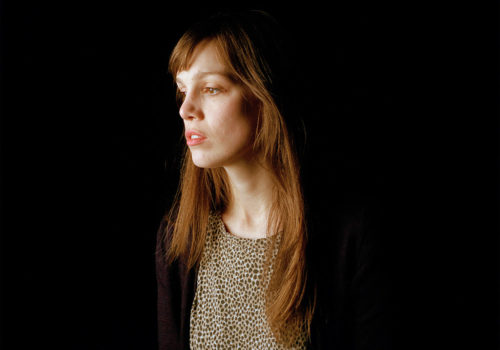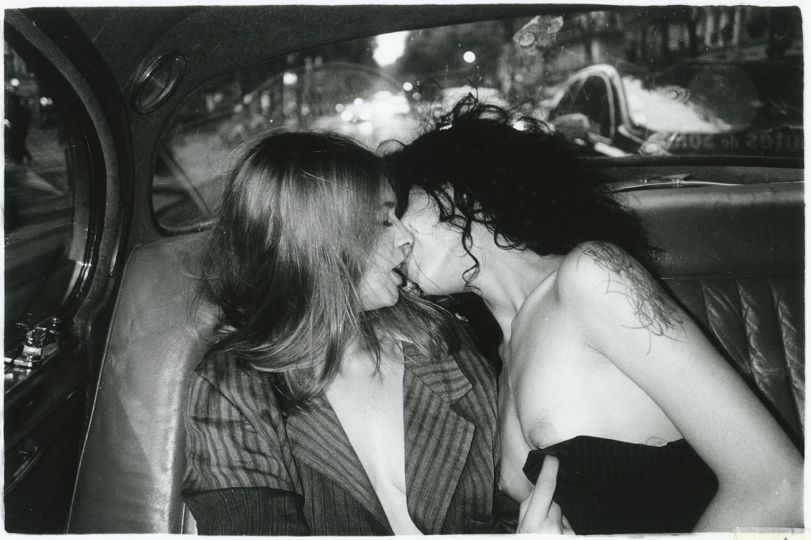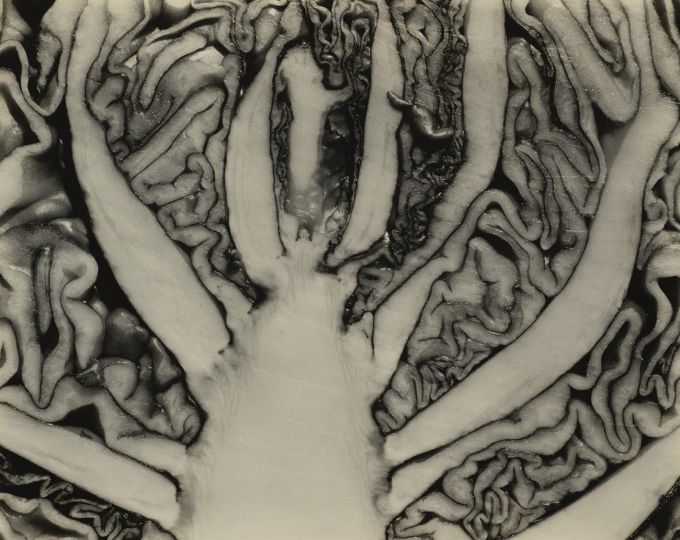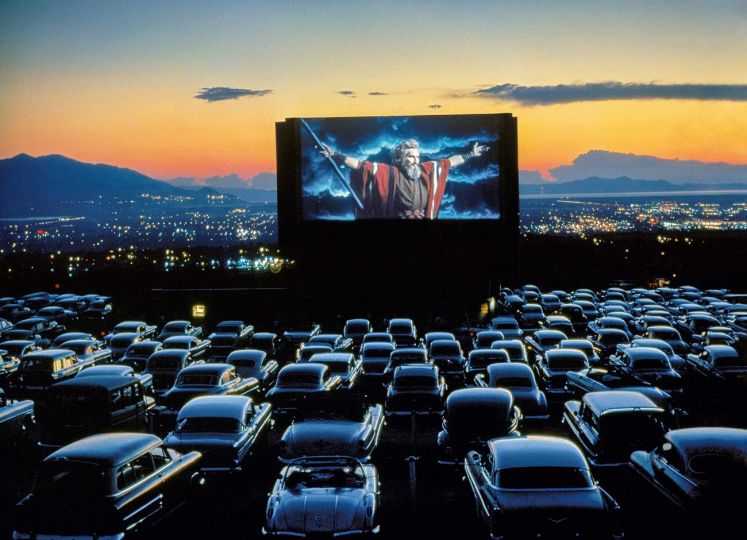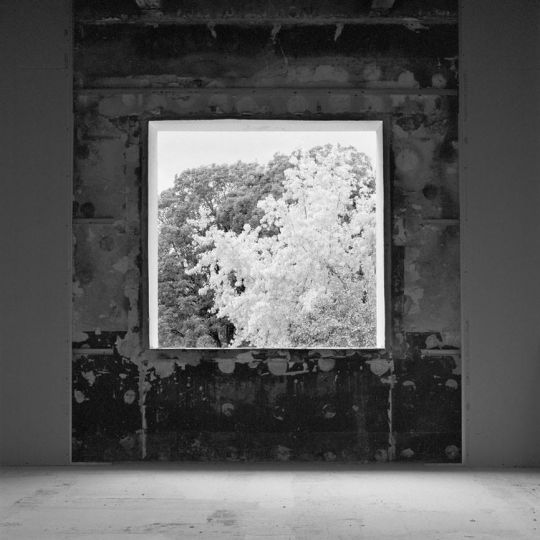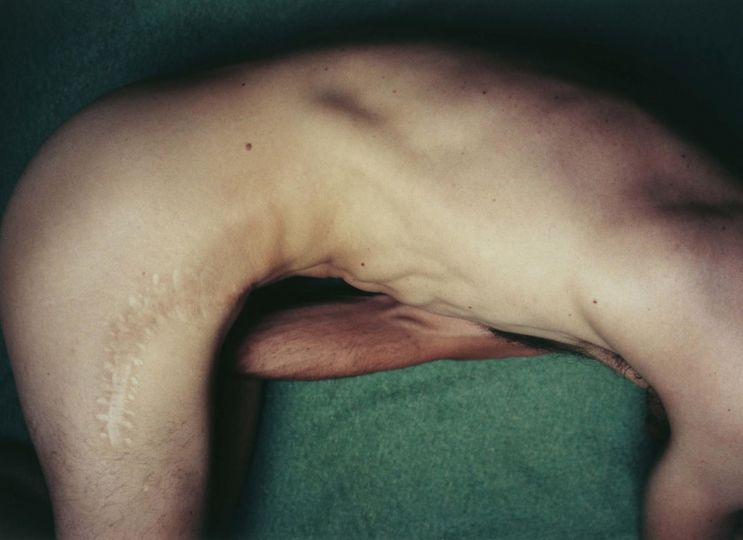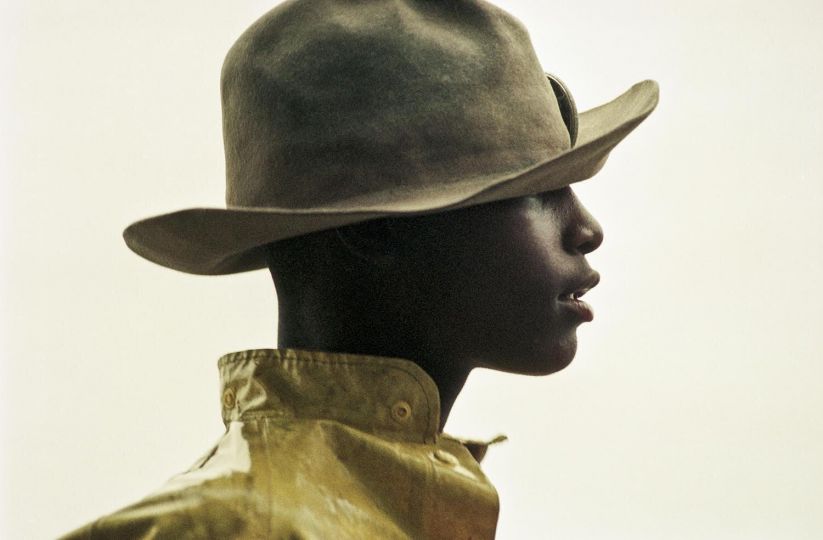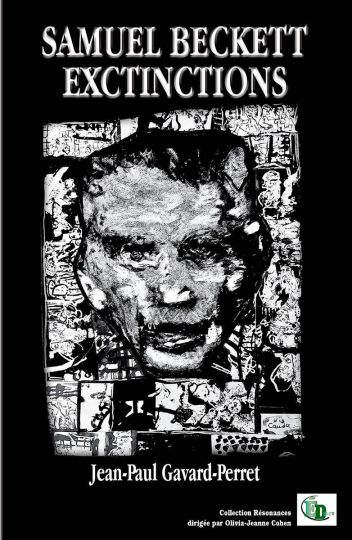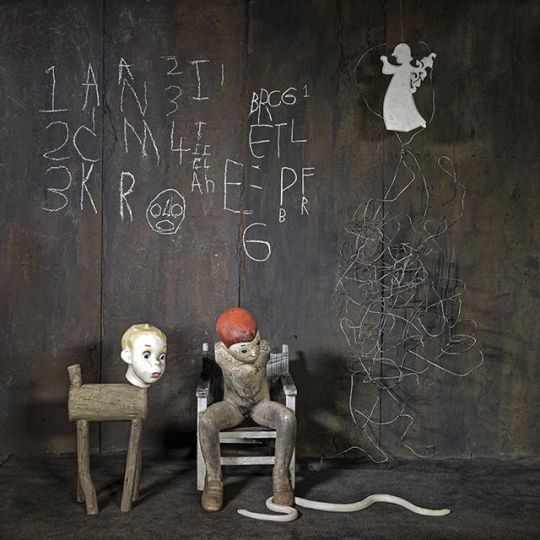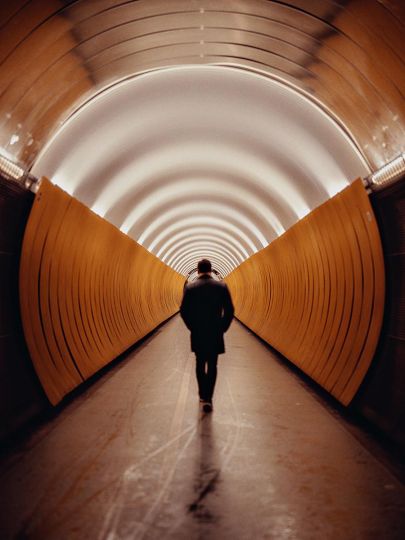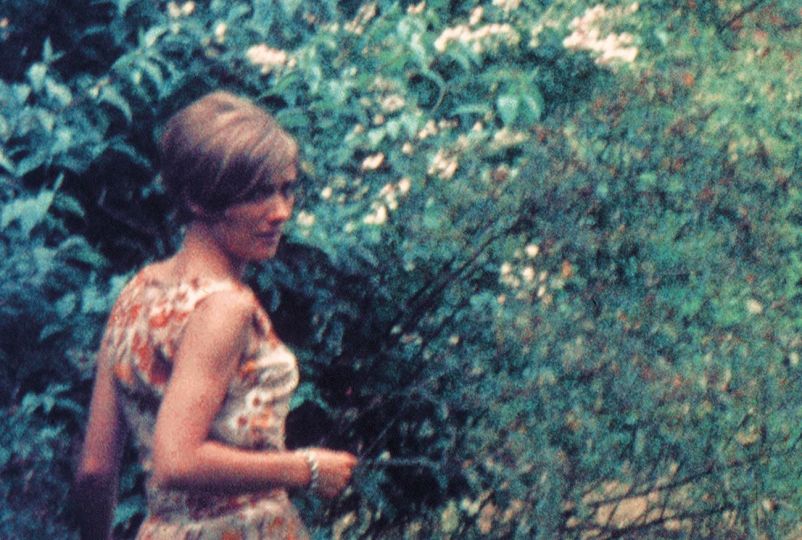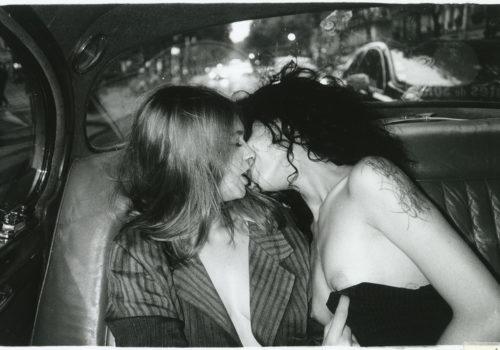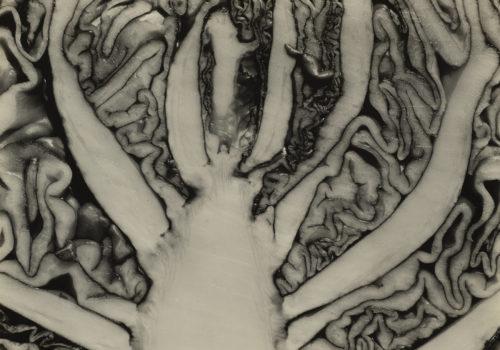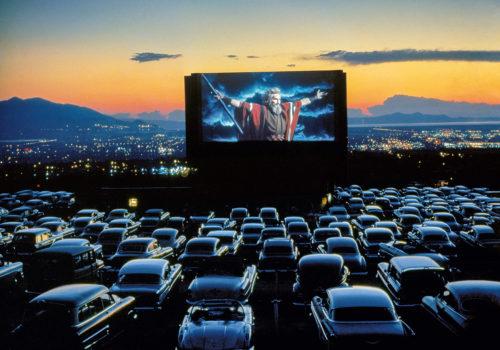Jean-Pierre and Eliane Laffont arrived in America in the mid-1960s. In 1969, they opened the Gamma news agency bureau, then the Sygma news agency bureau in 1973 following the split. They’ve just published Photographer’s Paradise: Turbulent America 1960-1990 (Glitterati). The book, one of the most important of the season, will be “screened” at Visa pour l’Image. Eliane sent us this excerpt, which she wrote for the book:
The 60’s and the 70’s, a turning point in American history was also a turning point in Jean-Pierre’s life and mine. We came to the US in the mid-60s and opened the American office of Gamma USA in 1969 and then founded Sygma Photo News in 1973 with our French partners. These two agencies would be the leaders in the market of world news for a new generation of photojournalists and JP became the sole “foreign correspondent” for Gamma Photo Agency in 1969 and for Sygma in 1973.
Within this new type of agency, the photographers became their own editors and retained the rights to their images. The agency covered half of their expenses, distributed their photos and paid them half of the sales revenue. This unique system would initiate photojournalism ” à la française”, with Jean-Pierre as one of its key pioneers.
Photojournalist: a word that evokes adventure. Sparked by the desire to be a witness to his time, Jean-Pierre Laffont embarked on discovering the world in absolute freedom. To cover the news, to tell stories, that is what he wanted to do. Jean-Pierre thrived on working alone and only on stories of his choosing. He wrote his itineraries, made his appointments, paid his expenses, developed his films, edited his photos, and wrote his copy. He worked “on speculation“, disliked working on assignments and the needs of the marketplace never entered into his decisions to cover this or that story. The commerce of journalism did not interest him. His desire to inform and be a photographic witness is what motivated him. Jean-Pierre loved the printed media and never imagined for a moment that his work would be published elsewhere other than in newspapers and magazines.
Free, passionate, curious, constantly seeking stories and running after images, Jean-Pierre photographed everything: crises, tragedies, daily news, the politics of the White House and the United Nations, Hollywood stars and even European celebrities visiting the US. It is in this context that Jean-Pierre began his career. He was ecstatic and believed this country was a photojournalist’s paradise.
During this time, America was on fire with the emergence of the hippie movement, the first “Gay Pride” and the feminist parades, the protests against the Vietnam War and the Watergate scandal. New York was dirty and dangerous, buildings were rundown and pornography was legitimately on sale on 42nd street. Somehow, this period of American history may appear somber, however a huge wave of optimism and an exceptional energy was uplifting the country, the first man stepped on the moon and African Americans were putting their best clothes to attend Muhammad Ali’s fights at the Garden. While construction of the World Trade Center was starting, the West Village was undergoing a cultural renaissance. American youth took their clothes off and “Peace and Love” became the American slogan.
Jean-Pierre photographed it all: the women’s movement, women in the army, the first female athletes, and the Rajneesh community in Oregon. His longest photo essays exposed the unknown face of impoverished urban and rural America in the 70’s and 80’s: the auto workers in Detroit condemned to soup lines, old people hit by the recession in Miami, the deep poverty of black people in the South, and farmers during the huge agricultural crisis where so many family farms were either abandoned or sold to banks. For that last project, Jean Pierre spent around two years working in Arkansas, Montana, Idaho, Minnesota, and Colorado.
These pictures could depict a somber and tragic America. But it is not. The American Spirit they reveal is warm, touching, generous, open, innocent and inviting. Reporter or artist, like most photojournalists of his generation, Jean-Pierre did not think of himself as an artist, yet, like an artist, he followed his own inspiration and developed his own style, powerful and raw. When I reflect on his pictures, I find them both poetic and journalistic. In all the years I have known Jean-Pierre, I am profoundly moved to see that his love of his “métier” is still intact. He has always thought his photos could contribute to changing the world. I can only add that they stand as a testimony to the great adventure of his life and our life together.
BOOK
Photographer’s Paradise: Turbulent America 1960-1990 by Jean-Pierre Laffont
Glitterati Incorporated
September 2014

